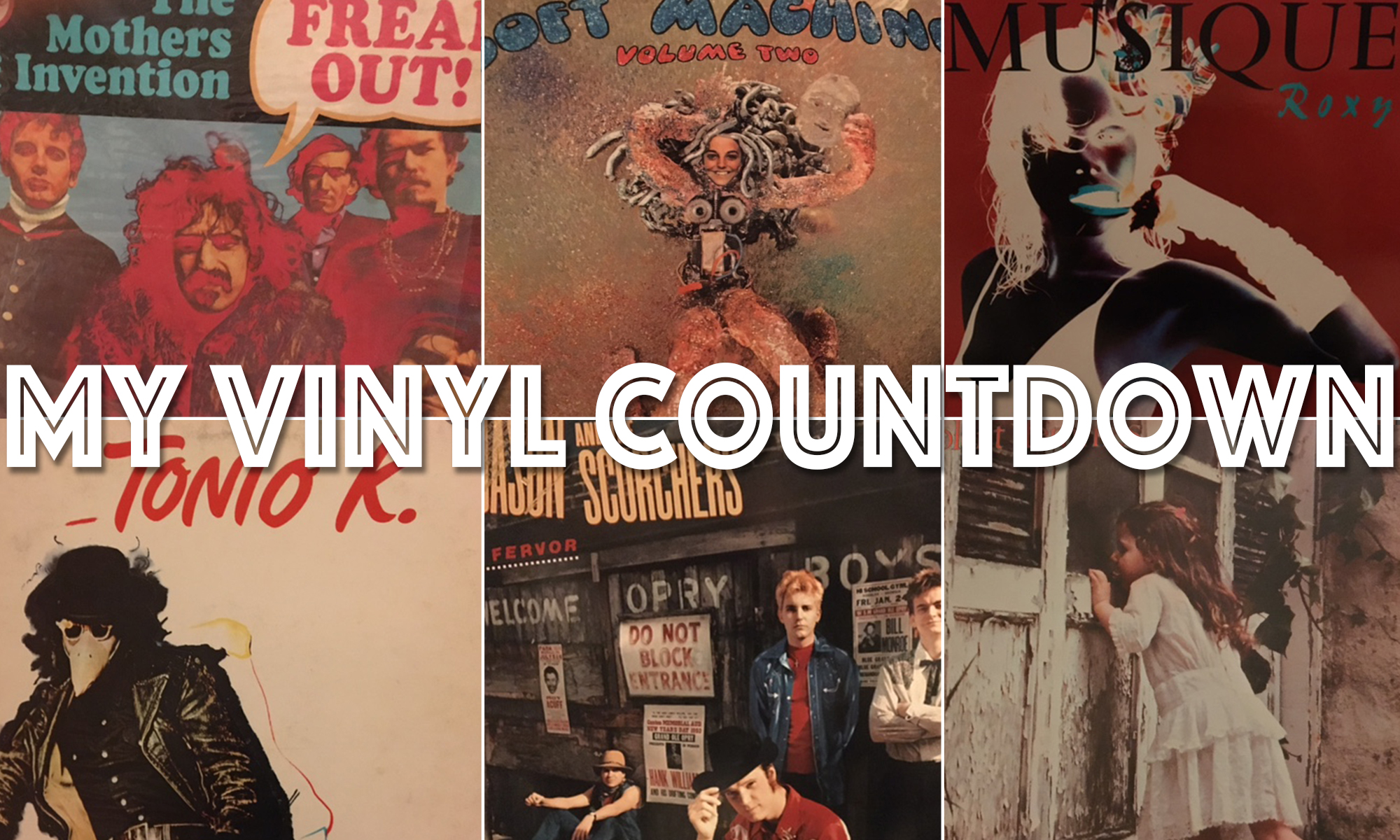ALBUMS: ‘Fickle Heart’ (Snif’n’1979); ‘Don’t Call Us — We’ll Call You’ (Sugarloaf 1975); 20 Power Hits (K-tel 1972)
MVC Rating: Fickle – 3.0/$$$; MVC Rating – Snif’n’3.0/$$; K-tel – 4.0/$$$
A package deal here. I like doing this just to shake the format a little. Sometimes there are themes; other times the only similarity is the records are made of vinyl and have a hole in the center. I have three albums here and if you stretch, there’s a theme (or two).
Snif’n’ the Tears was a one-hit wonder with their catchy ‘Driver’s Seat.’ a car song if ever there was one even if the lyrics are gibberish ‘..Driver’s seat …oh, oh, oh, there is no elite.’ But the tune was an ear worm and well produced with driving drums and bass and synthesizer flourishes. Another problem they may have had is there other songs were softer rock, which may be unexpected coming off of ‘Driver’s Seat.’
Sugarloaf was a 2-hit wonder, rolling out ‘Green-Eyed Lady’ and ‘Don’t Call Us (We’ll Call You). The album I have doesn’t have Green-Eyed Lady on it.
The song opens: ‘Long distance, directory assistance, area code 212.’
Fun fact about Don’t Call Us: The sound of someone dialing a telephone of the push-button variety– the next big thing since rotary dial — is a key part of the song. And that sound is reportedly the private number of the record executive who rejected the group.
Now that’s edgy.
Now K-tel, if you grew up in the 1970s, was ubiquitous to late night television commercials, advertising 20 top hits for $3.99. On my album cover it says: ‘As seen advertised on television.’
The K-tel records were usually fluffier tunes that had that here-today-gone-tomorrow feel on them. Although they could surprise you. On my record, for example, there’s a Partidge Family song “Doesn’t Somebody Want You to Want Me.” sharing vinyl with Ray Charles’ “A Sweet Little Thing Like You.’ The K-tel record also had Green Eyed Lady by Sugarloaf. Ding ding ding ding. There’s a connection. It was Sugarloaf’s entry into two-hit wonderdom.
Of these three albums, I’ve played the K-tel record much more than the other two. That’s because the records by Sugarloaf and Snif’n’the-Tears didn’t really have any other good songs on them. Sugarloaf had some mediocre rock and roll and Snif’n’the-Tears ditto, only more mellow.
I was lucky in that I had a nearly mint K-tel record as they usually are played to death and then used as frisbees.
It is also one of the permutations (in 1972) of this company that used nonedited official song tracks. However cramming the grooves closer with 10 songs per side certainly didn’t help K-tel become a model of sound fidelity. My K-tel had one serious one-hit wonder called ‘Sweet Mary by Wadsworth Mansion — another impossible ear worm.
